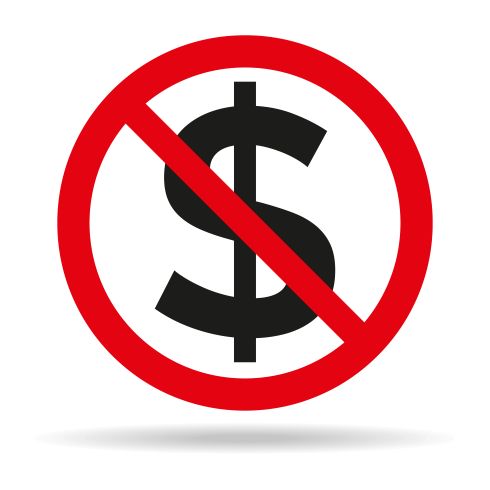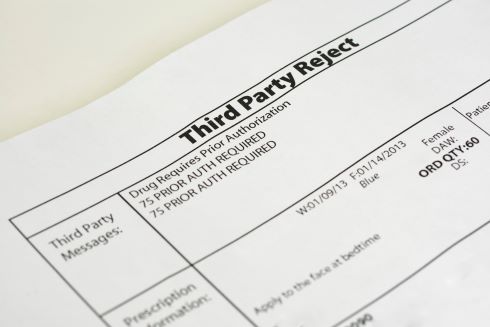
Patients with hemophilia B may pay up to 25 times more in healthcare costs compared to individuals without this blood disorder, according to a study published in Blood Advances.
Researchers from the University of Colorado School of Medicine evaluated insurance claims data from June 2011 through February 2019 for 454 patients with hemophilia B. Patients were stratified according to disease severity, determined by frequency of hemorrhage events and factor IX replacement, and then age- and sex-matched to 454 controls. The study’s primary endpoints were mean annual healthcare resource use and costs.
“Although hemophilia B is a rare disorder, it is associated with a substantial economic and societal burden. Direct costs include medications, physician visits, hospitalizations, procedures (i.e., medical, surgical), and laboratory assessments, whereas indirect costs include decreases in productivity, increases in absenteeism, and disability resulting from complications such as recurrent bleeding and joint damage,” wrote the study authors.
Patients with the blood disorder had significantly higher healthcare use compared to matched controls, with a mean of 0.3 annual inpatient, 0.6 emergency department, and 17.7 outpatient visits compared to 0.1, 0.2, and 8.0, respectively, for the control group (P<0.001). Hemophilia B was also associated with higher Charlson Comorbidity Index scores compared with the controls (0.9 vs. 0.3; P<0.001).
The average total annual healthcare costs per patient with hemophilia B was $201,635, more than 25-fold higher than the average $7,879 spent by patients without the disorder (P<0.001). Annual costs were also higher for patients with more severe disease, with mean costs of $80,811 for patients with mild; $137,455 for moderate; $251,619 for moderate-severe; and $632,088 for patients with severe hemophilia B.
“The findings of this study highlight the substantial burden of illness associated with hemophilia B,” wrote the authors in conclusion. “Moreover, results from this study could provide useful inputs for cost-effectiveness analyses in hemophilia B to account for potential cost-offset associated with novel treatment options such as gene therapy.”
Health care resource utilization and cost burden of hemophilia B in the United States https://t.co/UvofYYOMqq pic.twitter.com/nC9PG4HxDz
— Blood Advances (@BloodAdvances) April 9, 2021






 © 2025 Mashup Media, LLC, a Formedics Property. All Rights Reserved.
© 2025 Mashup Media, LLC, a Formedics Property. All Rights Reserved.